An HVAC system is the backbone of comfort at home, silently working at keeping the air clean and at the right temperature in the living space. One of the key factors in maintaining the HVAC system is changing the air filter. Such a simple act could drastically change air quality, energy bills, and the lifetime expectancy of the household system. But so, how exactly often should one change an HVAC air filter? Well, it depends on several factors that we shall delve deep into in the effort to help you land the best choice for your home.
Factors That Affect How Often You Should Change An Air Filter
The frequency with which you should change your HVAC air filter isn’t one-size-fits-all. Several key considerations play a role in deciding what is best for your particular replacement schedule. Being able to take all of this into account will sooner or later help you to keep this system working efficiently and maintain the cleanest possible air.
Type of Air Filter
One of the main factors determining replacement frequency is the filter that you use. The main types are
Fiberglass Filters: These are simplistic and cheap; they are meant more as protection to keep the HVAC system clean rather than to raise air quality. They last about 1 month and require frequent changes, especially under municipal dust conditions or where homes are maintained with pets. Their low cost negates their frequent requirement of re-changes, and they are not suitable where air quality is a concern.
Pleated Filters: Pleated filters are made of polyester or cotton paper, generally exceeding the performance of flat filters and lasting usually between 3 and 6 months. The pleats create a greater surface area for more and smaller particles. However, using a highly MERV-rated pleated filter can put undue strain on an HVAC system, as they do not permit air to flow through easily. So, check the specifications stated in your HVAC manual before upgrading.
Electrostatic Filters: They, with the help of static electricity, attract particles and trap them. These filters can be either disposable or washable and are supposed to last between 3 and 12 months, depending on how they are maintained. The washable ones need cleaning from time to time, but once cleaned, they can last many years, proving quite cost-effective over a longer period.
Household Conditions
Animals in the Environment: For homes with one or more animals shedding fur, the filter needs to be changed every 30 to 60 days. Hair and dander clog filters in a very short time, limiting their efficiency while stressing the HVAC system.
Allergy and Respiratory Problems: In households with allergy sufferers or people with asthma, filters should be changed more often—every 30 to 45 days—to keep airborne allergens to a minimum and maintain healthy air quality. Check out our latest blog post on How Supply Chain Challenges are affecting the UAE HVAC Market in 2025
Dusty or Polluted Ambient Conditions: Increased dust or pollen levels nearby, or the presence of a construction site(s) or busy roadways, can set a foul galloping time on your filter.
Number of Occupants: The more people there are in the house, the more dust, skin flakes, and so on are present in the air, resulting in faster clogging of filters. Bigger households need to check and change their filters more frequently.
HVAC System Usage
How often the HVAC is in use matters for its filtration life.
Seasonal Use: Peak heating or cooling seasons result in more running time for systems; consequently, filters collect more debris and need more frequent changing—about every 30 to 60 days.
Manufacturer Recommendations
Always consult the manual and the filter manufacturer’s recommendations. Most suggest changing filters every 90 days; however, this can differ according to the type of filter and the situations in your house. Doing so helps maintain the efficiency and warranty of the system.
Signs of Air Filter Change
Never abandon a schedule; sometimes things must be done earlier than anticipated. Some clear-cut signs are
More Allergy Symptoms
More sneezing, coughing, or itching of the eyes from the members of your family? Your filter could be full and no longer capture allergens. Replacing it will give better indoor air and alleviate symptoms, thus making your home a more healthful living place.
Higher Energy Bills
When clogged, they restrict the airflow, making the HVAC work extra hard to maintain a comfortable temperature. This increase in workload leads to increased consumption of electricity with hawking utility bills. If you ever experience a sudden increase in energy bills, the filter might be in dire need of a change.
Dustier Home
If you are finding a huge trail of dust settling everywhere in your house, it likely means that your filter is not working well. A clean filter maintains low levels of dust inside the house by trapping particles before they enter circulation. If dust levels appear to be increasing, that is a positive indicator for the need to have your filter taken care of.
How to Change Your HVAC Air Filter
Changing air filters is one of the easiest jobs to do, yet it goes a long way toward making a house comfortable and increasing system efficiency.
Locate the Filter
Most of the HVAC filters are installed in a return air duct or inside the air handler unit. If you cannot seem to find it by yourself, consult the manual for your system or look for a removable panel near the blower compartment. There may be more than one filter in your home, so remember to check all the likely points.
Turn the System Off
Always turn off the system before changing the filter. This prevents unfiltered air from circulating while the filter is out and serves to keep you safe during the process.
Remove the Old Filter
Pull out the old filter gently, taking care not to spill dust and debris. Check its size and orientation (usually printed on the frame): This will assist you in correctly installing the new filter to assure optimum performance.
Insert the New Filter
Insert the new filter, ensuring that it faces the direction indicated by the airflow arrows. Secure the filter into place, then re-energize the HVAC system. Set a date on the calendar or make a reminder for the next time to change the filter. This way, keeping track of changes allows one to stay on track for upcoming changes for the benefit of air cleanliness.
Tips for Maintaining Your HVAC System
Changing the filter regularly is just part of keeping your HVAC system in good working condition. Here are some more ideas for long-term maintenance:
Check Filters Monthly
Environmental conditions can shorten its life, and the earlier you spot a problem, the less of a long-term issue it will be. If it looks dirty, replace it ahead of time.
Schedule Professional Maintenance
Try to have your HVAC system serviced professionally at least once yearly. The technician will need to inspect your system, clean components, and put the system in the best efficiency condition following their servicing. It goes a long way to maintain your equipment’s life, and also, the small problems are caught early before they grow into costly repairs.
Upgrade for Better Filters, If Required
An allergy sufferer, perhaps with furry animals at home, or anyone interested in better air, shall scrutinize the efficiency of his/her filtration systems for pleated or HEPA types. A poorer filtration passes a higher number of particles, and they alter the ambient air quality inside, and hence may require more frequent changes. Always check to be sure that it is compatible with your system before changing it.
Keep Vents and Ducts Clean
A good idea would be to vacuum your vents every now and then and consult a professional to know if the ducts need cleaning, especially when there’s a lot of dust in the ducts or when you notice a serious drop in airflow through the vents. Clean ducts mean a longer life for your filter and better air quality as well.
Conclusion
Changing your HVAC air filter is but one of a few simple things to do, yet it is very important to maintain a comfortable and healthy environment. In most houses, this change should occur at least every 1 to 3 months. Pets, allergies, and heavy usage might require an increase in frequency. Contact us and watch out for signs of a dirty filter, and never forget to include that in the maintenance list of your household.


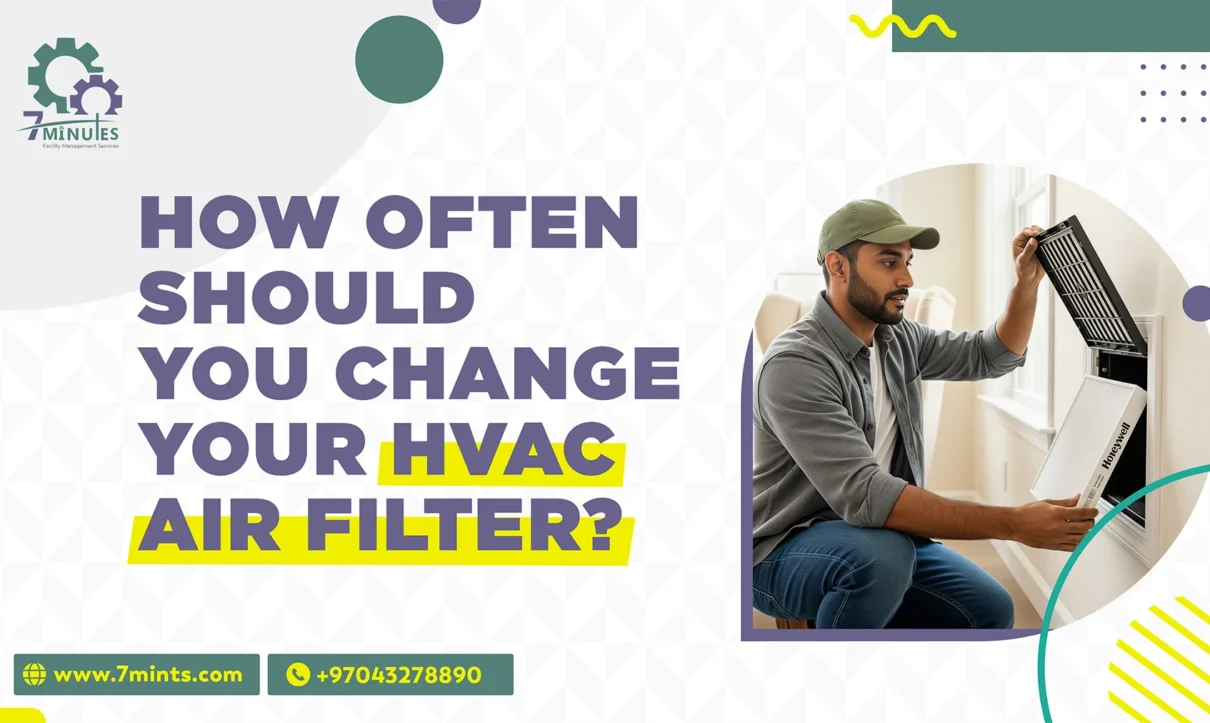


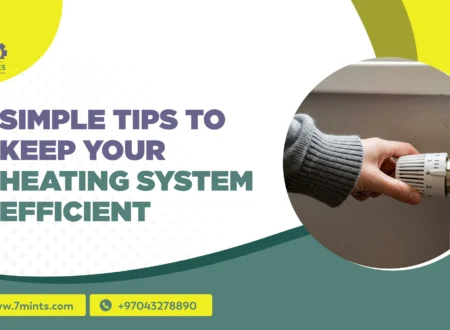
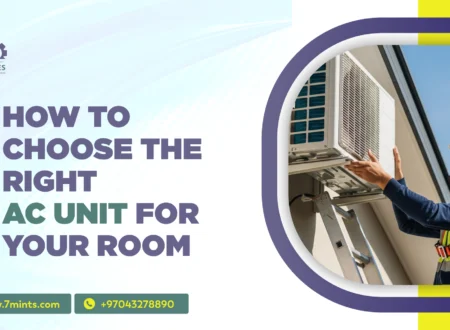
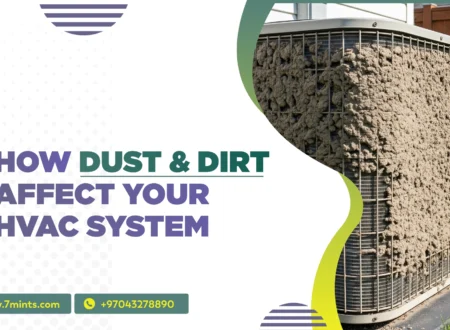
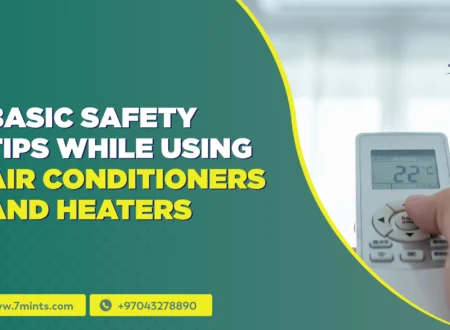

1 Comment
Comments are closed.